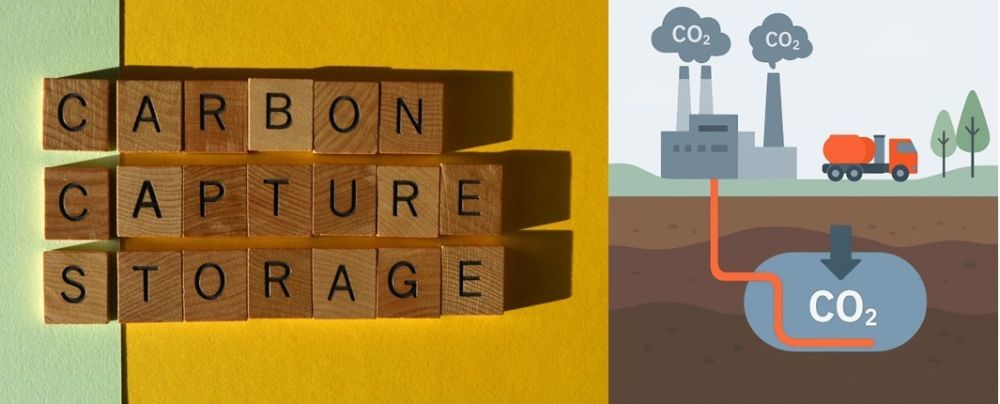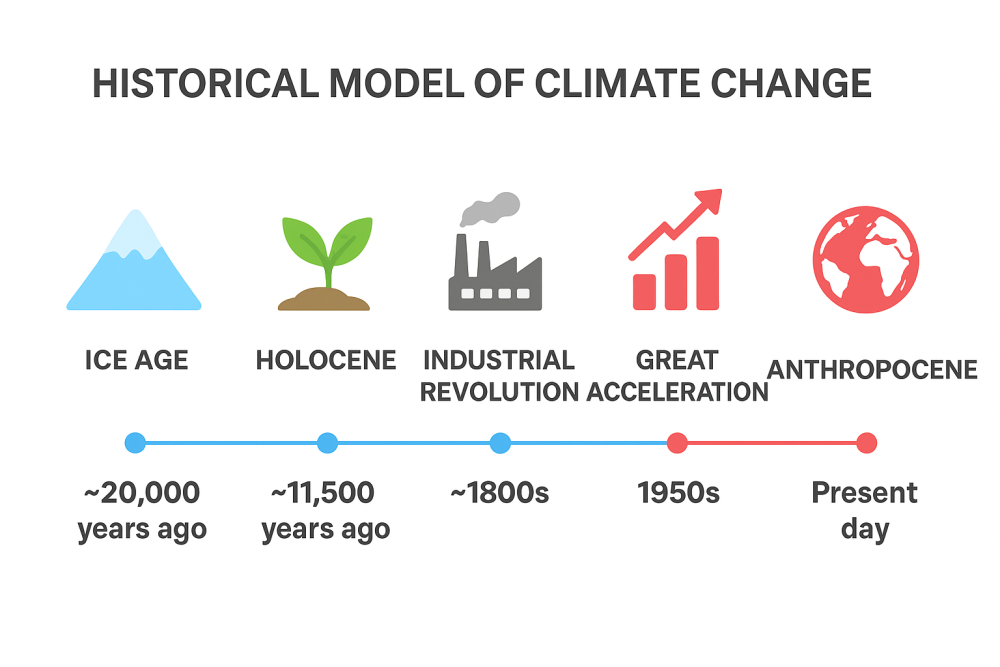48/25 Carbon Capture Is the Urgent Frontier in Fighting Global Warming; Here’s Why It Matters?
Posted 3 months ago
When the world discusses climate change, the spotlight often shines on several aspects including renewable energy, electric vehicles, and tree-planting drives. These solutions inspire headlines, government policies, and corporate pledges. They are visible, tangible, and easy to rally around.
But another less glamorous, less understood, yet potentially more decisive solution is quietly emerging as a game-changer: carbon capture and storage (CCS). At its core, CCS is about preventing carbon dioxide, the most significant driver of global warming, from ever reaching the atmosphere. Instead of letting industries release harmful gases into the sky, this technology traps the emissions at their source and locks them deep underground, where they can no longer fuel climate change.
Think of it as a safety valve for the planet. While renewable energy and reforestation are critical to building a greener future, CCS addresses the here-and-now challenge of cutting emissions from industries that can’t run on solar panels or wind turbines. It's a versatile solution that offers a practical lifeline for sectors like cement, steel, and chemicals, the backbone of modern life, and among the largest polluters.
As global warming accelerates, the world needs every tool available. Renewable power and green lifestyles will shape tomorrow, but technologies like carbon capture are the hidden force that can buy us time today and offer hope for a sustainable future.
For industries that can’t simply swap a coal furnace for solar panels, cement plants, steel mills, and chemical facilities, carbon capture offers something indispensable: a lifeline to a greener future without dismantling global supply chains. The technology, endorsed by the UN’s Intergovernmental Panel on Climate Change (IPCC) and the International Energy Agency (IEA), could be the bridge between today’s industrial realities and tomorrow’s carbon-neutral ambitions.
Norway’s “CO₂ Graveyard”: A World First
Norway recently etched its name in climate history by launching its first commercial carbon storage service. Under the Northern Lights consortium, led by energy giants Equinor, Shell, and TotalEnergies, carbon dioxide is now being permanently locked beneath the North Sea seabed.
Here’s how it works: CO₂ captured from European factories such as Germany’s Brevik cement plant is liquefied, shipped to the Oygarden terminal near Bergen, stored in massive tanks, and then pumped through a 110-kilometer pipeline into a geological reservoir 2.6 kilometers below the seabed. The capacity? 1.5 million tonnes per year, with plans to scale up to five million tonnes by 2030. That’s equivalent to taking over a million cars off the road annually.
This initiative marks a turning point. Instead of just discussing “net zero” goals, Norway is building the physical infrastructure to make them possible. By 2025, contracts with a Dutch ammonia plant, Danish biofuel producers, and a Swedish thermal power station will expand its reach, transforming the North Sea into what some are already calling the world’s first “CO₂ graveyard.”
Why Carbon Capture Matters for Greening?
Planting trees is noble, and switching to solar is essential. But for hard-to-decarbonize industries, neither is sufficient. Cement, steel, and chemical manufacturing together account for more than 20% of global CO₂ emissions, and they require high-temperature processes not easily powered by renewables.
This is where CCS shines. By capturing emissions at the source and locking them away permanently, it doesn’t just offset carbon; it prevents it from ever entering the atmosphere. This makes CCS a direct lever in controlling global warming while buying time for economies to transition to greener alternatives.
In addition, large-scale CCS can free up carbon credits, making climate markets more effective and eventually lowering adoption costs as infrastructure expands. For emerging economies, where industrial growth is often tied to fossil fuels, this offers a way to pursue development without proportionately inflating emissions.
The Cost and Carbon Capture Roll Out
Today, it’s often cheaper for factories to buy pollution permits than to capture and bury their emissions. Governments like Norway’s have had to subsidize early projects to get them off the ground heavily.
But this was once true for solar and wind, too. As CCS technologies scale and markets evolve, prices are likely to drop. Forward-looking companies that invest now may be ahead of regulators and competitors when carbon costs inevitably rise.
A Glimpse of the Future
Norway’s Northern Lights shows that carbon capture isn’t just theoretical or experimental, it’s commercial and scalable here. If replicated worldwide, CCS could remove billions of tonnes of CO₂ from circulation, buying the planet valuable time.
Additional Readings:
1. Carbon capture: Norway launches historic CO2 seabed storage service
2. World's first commercial carbon storage facility gets first CO2 injection




